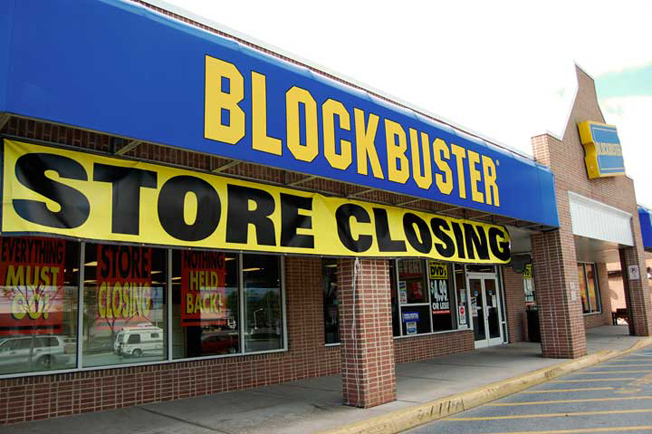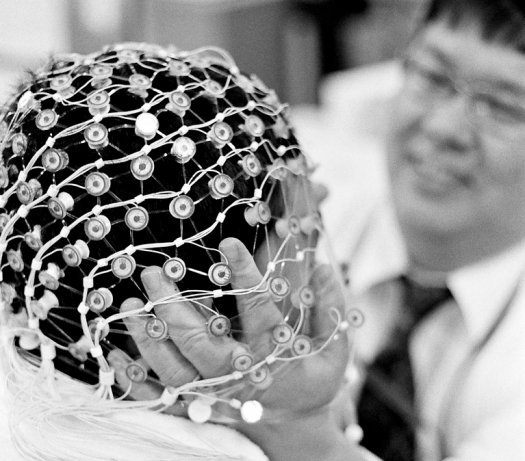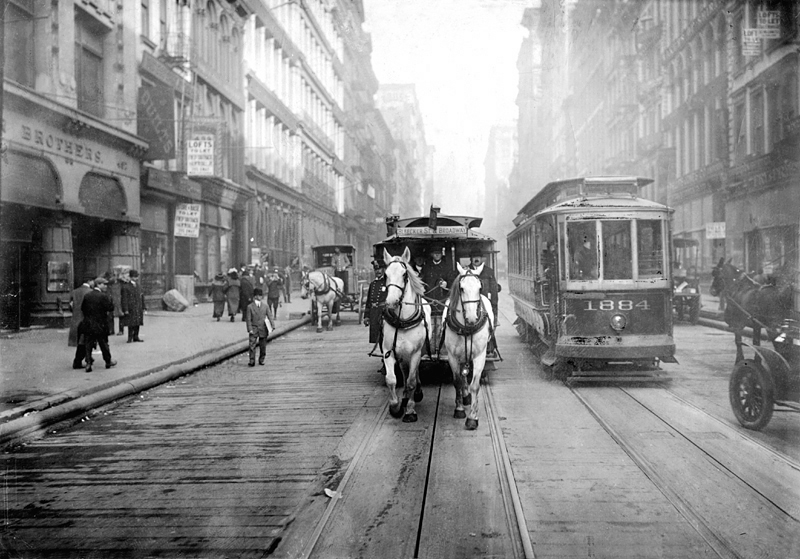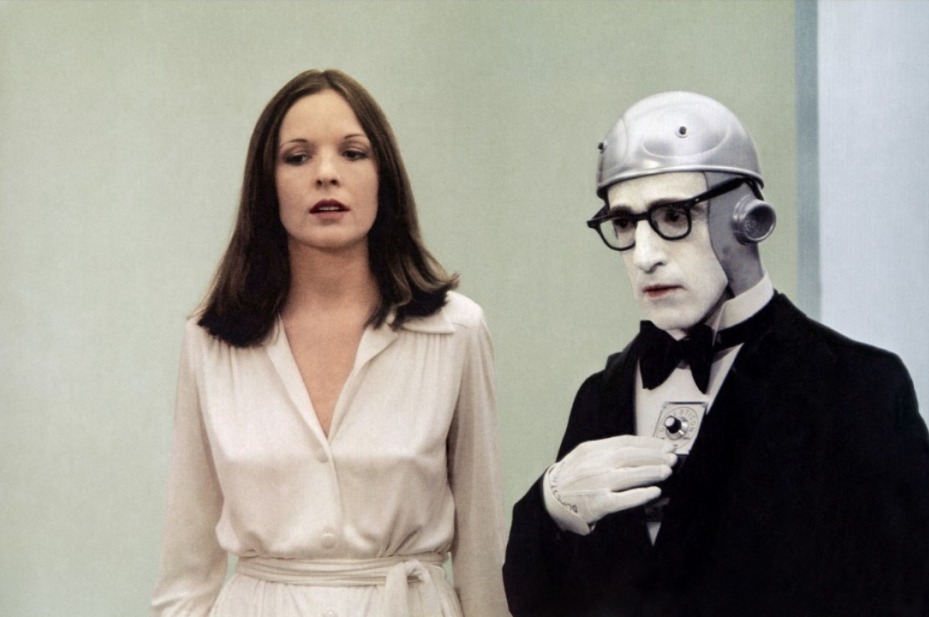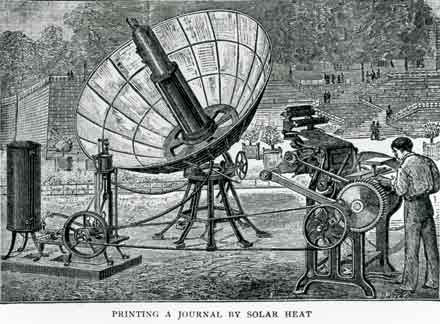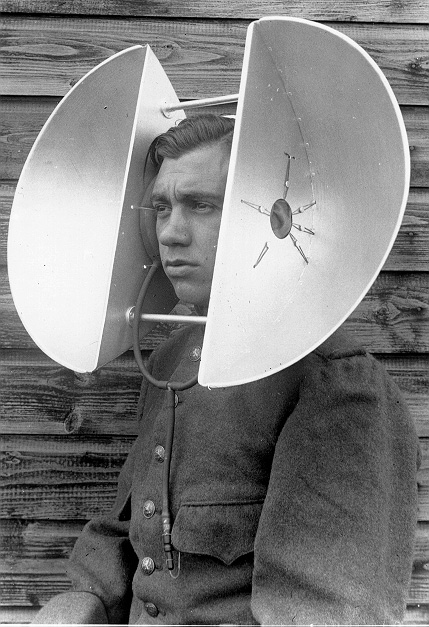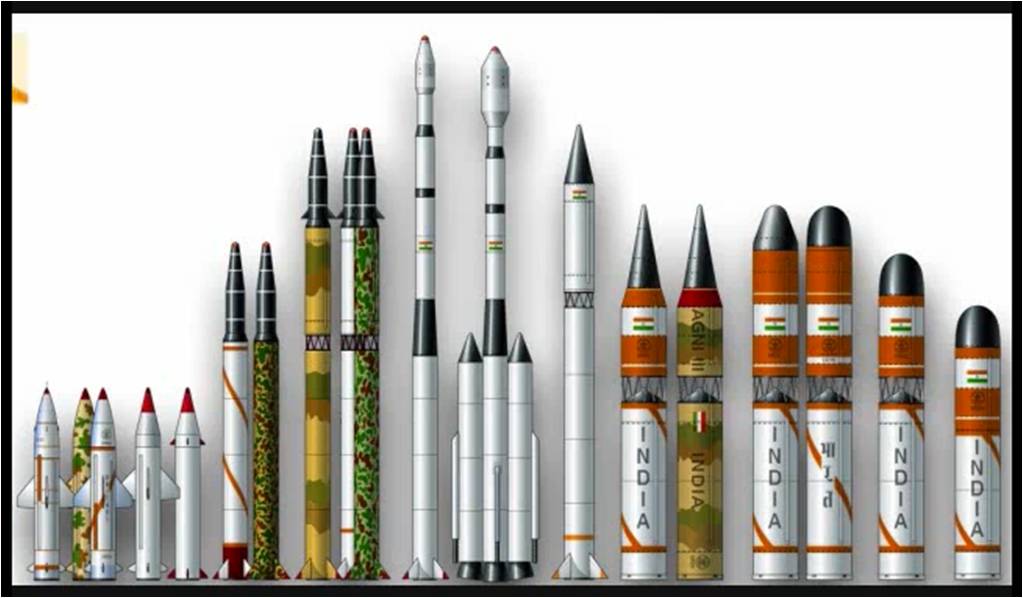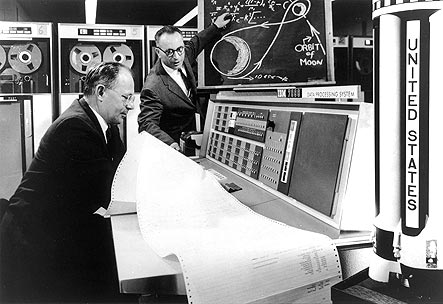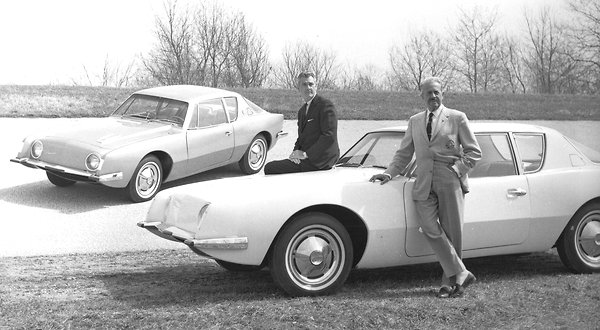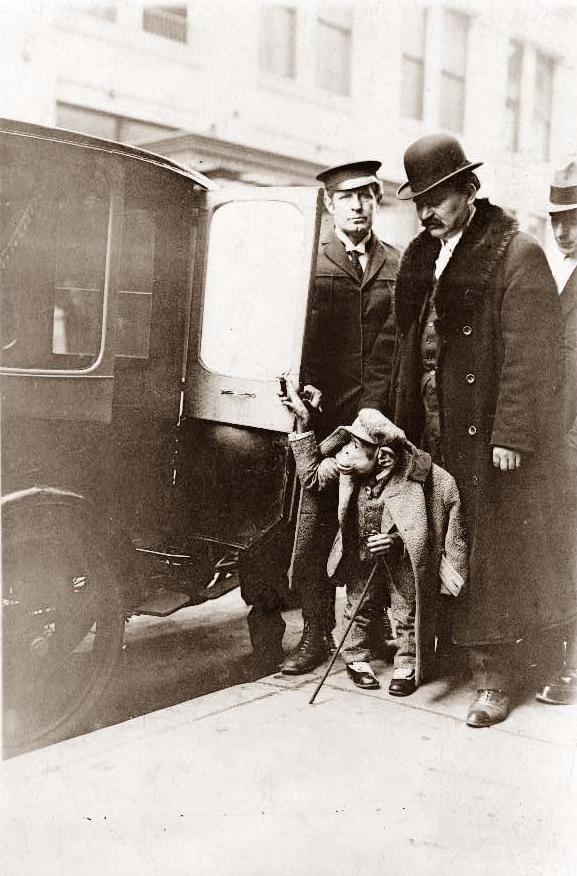Michigan State University evolutionary biologist Bjørn Østman just did an Ask Me Anything at Reddit on his field. A few exchanges follow.
___________________________
Question:
Will alien life be very similar to life on earth due to convergent evolution?
Bjørn Østman:
That is a viable hypothesis. Some people (e.g. Stephen J. Gould) think that nothing like humans would evolve if the we “replayed the tape of life.” However, I personally predict that if we find life on other planets, then it will resemble some species from Earth in some ways, perhaps even as much as there being creatures with 4 limbs (which I think is not coincidental, but because it is a highly versatile solution to locomotion). In other words, I think convergent evolution is a very likely outcome.
___________________________
Question:
Are different races in humans an example of slight speciation? What accounts for the differences between humans of different origins?
Bjørn Østman:
Yes, I do actually think that you could call different human races “slight” speciation. We might call it incipient speciation. Some biologists will disagree, but imagine Danish and Japanese people hadn’t interbred for the next 100,000 or one million years, then perhaps they would really have become different species. The biological differences between different ethnicities likely arose from random changes that became dominant through neutral processes (genetic drift), as well as though adaptation in some cases, like skin color, where dark skin protects against the sun, and pale skin is more efficient at producing vitamin D in the sun.
___________________________
Question:
I’m fascinated by the crazy, now extinct predators that very early humans had to contend with. I’m thinking Saber Cats, Hyenadon… and what else? What amazing and epic fauna did very early humans encounter and ‘overcome’?
Bjørn Østman:
Wolves, man! I think our notion of werewolves came from the ever present danger of being eaten by wolves int he areas where they lived together. But cats everywhere. Lions, leopards, mountain lions – those are so effective predators. Without tools, I think humans would not have become the top predator, but would have lived in fear of these today.
___________________________
Question:
Are humans done evolving? Have humans gotten to the point where we adapt our surroundings to us instead of the other way around? Do you think another homo species will arise on Earth?
Bjørn Østman:
We are not done evolving. We still evolve biologically, though there are some aspects of humans life that have been taken over by cultural evolution. Just to mention one prominent aspect: medicine has alleviated many selection pressures. For much of our history a large factor in how we evolved was diseases. Diseases is a very strong selection pressure for evolving resistance. We are now resistant to many diseases that previously killed us, and yet when new ones arise today, we can fight back with medicine. For example, we don’t need to succumb to HIV/AIDS, such that only the few that by chance are lucky to be resistant will survive, while everyone else dies (which incidentally is an excellent example of how selection works). As a result in part of medicine (particularly improvements in hygiene), the human population is now as large as it is. However, most people who argue that humans have stopped evolving seem to not have understood 1) that the increase in our population size leads to an increase in genetic diversity, which is the fuel for evolution, and 2) that evolution takes time, and there will come a time (perhaps in hundreds of thousands of years, but I am not so optimistic) when things will change, and the environment will again favor some human subpopulation over others. You can read more about this from my colleague Madhusudan Katti in reply to the sad claim from David Attenborough’s that humans are no longer evolving.
If and when humans go extinct, it could be that eventually another intelligent species would evolve. However, they would not likely be identical, and would be a different species, so not Homo sapiens.•




